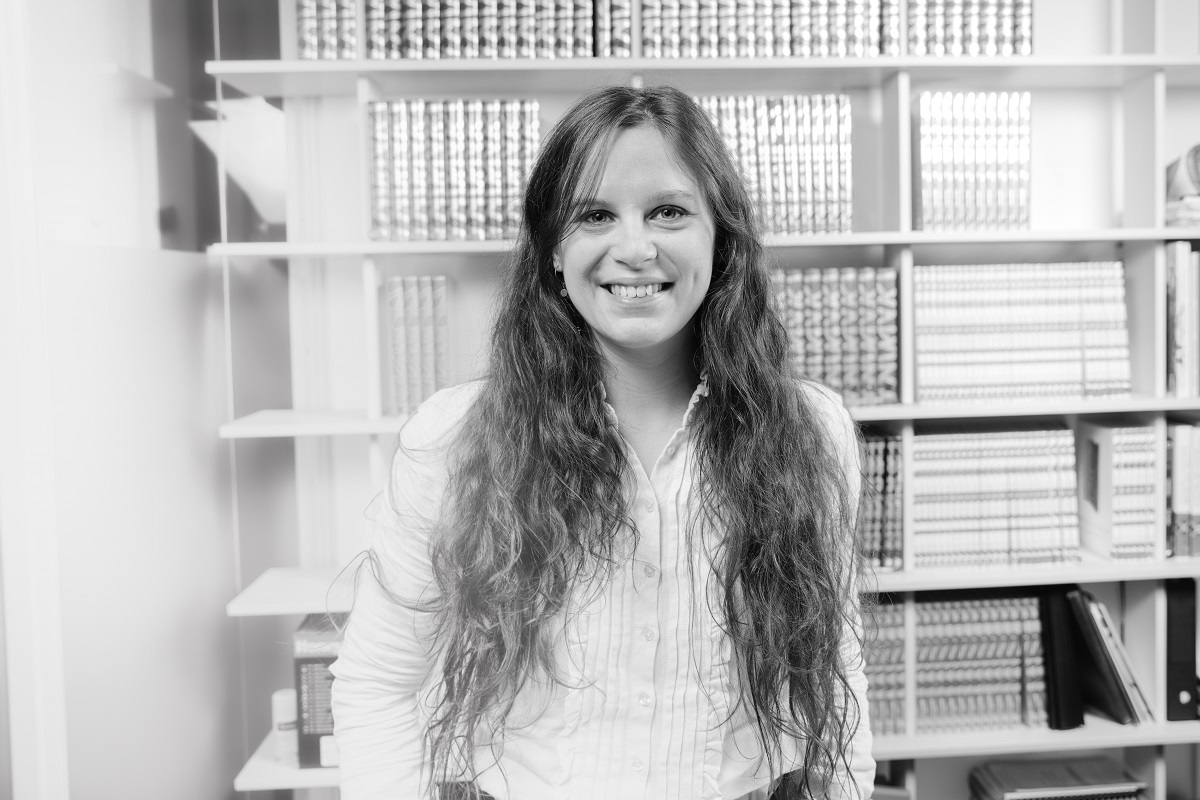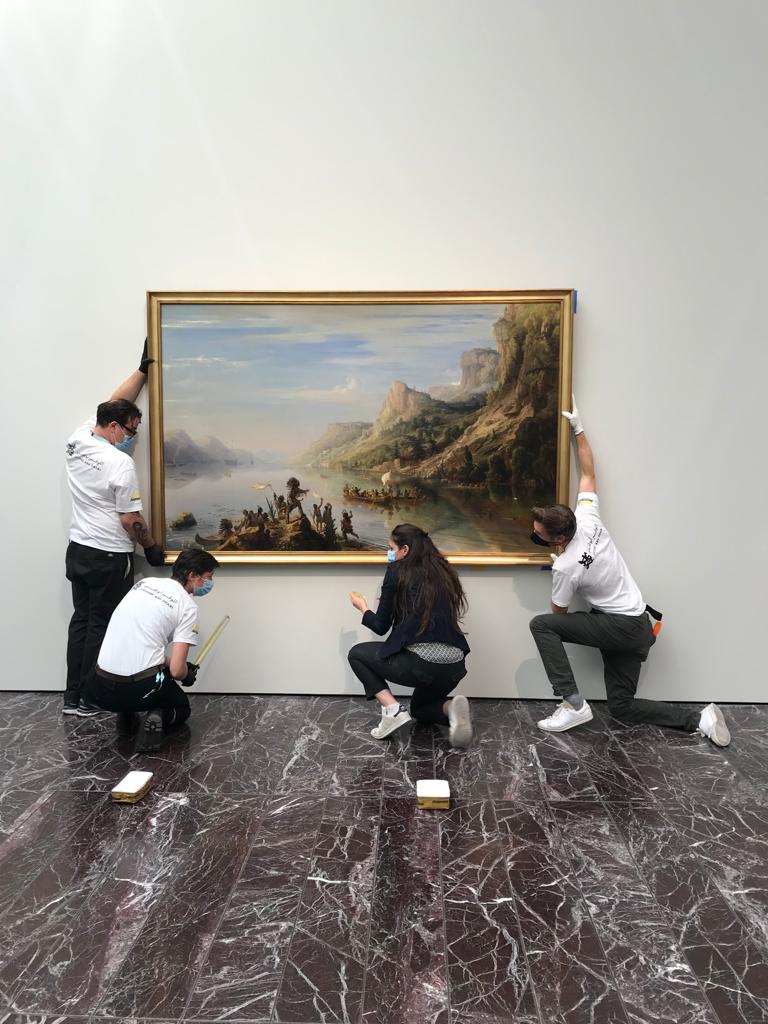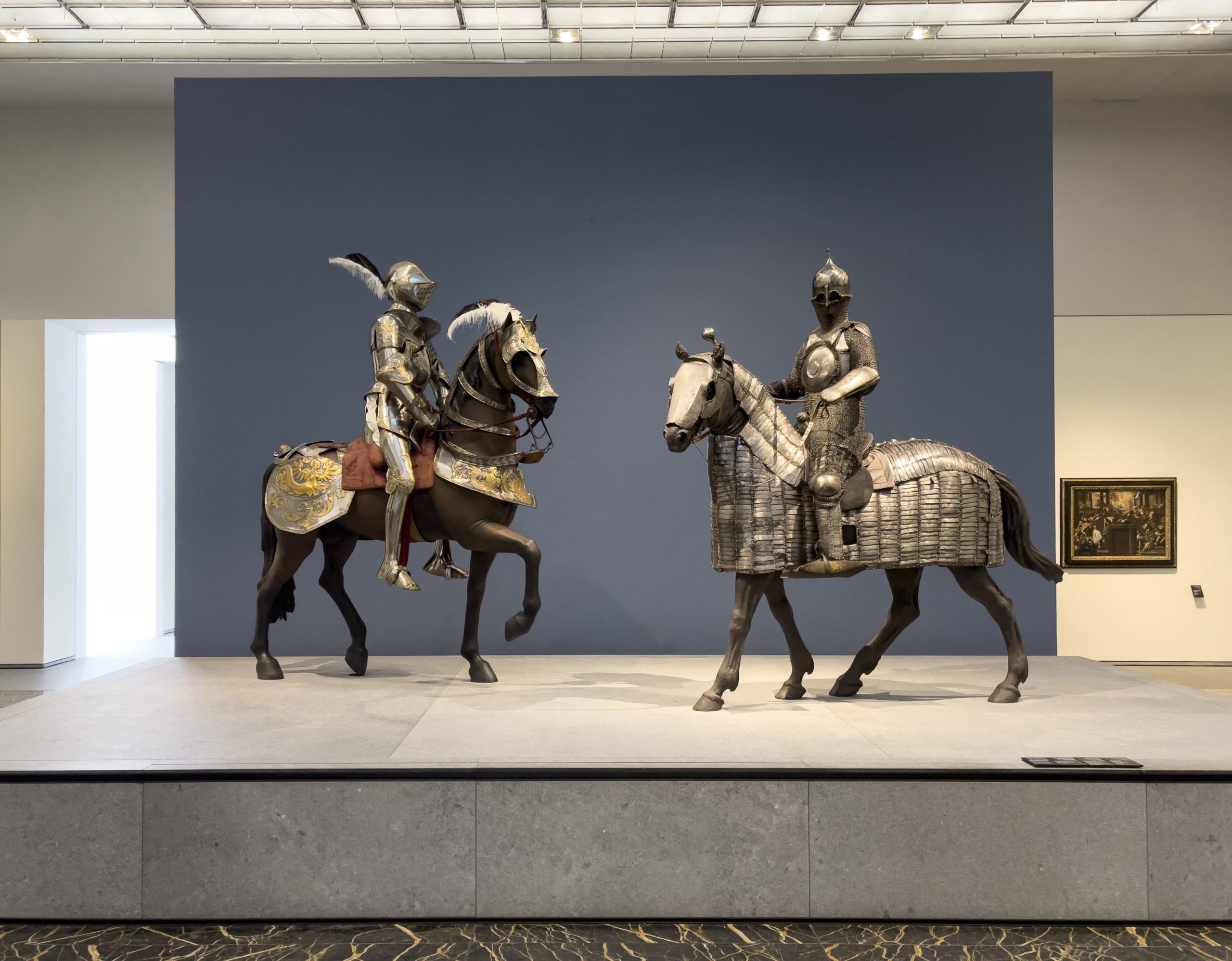Expert’s corner – Rotation of artworks in permanent exhibitions
Aurore Tisserand, Chief registrar – loans & acquisitions at France Muséums, explains what rotation of artworks in permanent exhibitions consists of and the role it plays in conservation. In the very specific case of the Louvre Abu Dhabi, rotations take place in the permanent galleries of the museum.
As the Louvre Abu Dhabi is relatively young (it celebrated its 4th anniversary last November), its collection is still being developed. Loans from French national collections complement the Louvre Abu Dhabi’s own collections for periods ranging from several months to several years, as stipulated in the intergovernmental agreement between France and the United Arab Emirates.
How is rotation organized at the Louvre Abu Dhabi?
“Rotation” consists of replacing works in permanent galleries with others, either for reasons of conservation due to their fragility, or because of the duration of a loan agreement.
How often are works rotated?
Rotations take place every four months for the most fragile artworks such as graphic arts and textiles, which are very sensitive to light. Other larger or less fragile pieces can be loaned for longer periods, depending on agreements between the museum and the lender. A major annual rotation is also organized during the autumn, providing an opportunity to replace all types of artworks following curatorial decisions made by the museum.
The actual movement of artworks can take from three days to six weeks depending on the number of pieces involved and the work schedule.
In addition to rotations proper, works of art may be replaced at any time on an ad hoc basis depending on current events or opportunities.
How can rotation help to make a museum more attractive?
Rotations make it possible to introduce new works or to present them in new conditions (to modify the way they are exhibited, to relate them to a new subject, etc.). These movements and new approaches are ways of bringing a museum to life and allowing visitors to make new discoveries, even in “permanent” spaces that might otherwise be seen as fixed. A temporarily closed room or screens concealing part of an exhibition can be seen as enticing promises of new stories that visitors will soon be able to discover.
The museum is an organic place that lives and grows over the years thanks to its strategic and curatorial ambitions. The choice of artworks, the storytelling and the modes of presentation reflect the connection between the museum and the society in which it evolves. Rotating artworks helps a museum to fulfil its role as a “guardian of history”.
How long does it take to organize a rotation?
The operational aspects of a major annual rotation take approximately 10 months to set up, not including the selection of exhibits which can sometimes take place several years in advance.
Once the list of exhibits has been drafted and consolidated by the curators and directors, the curatorial staff coordinate the teams tasked with carrying out the work itself.
Contracts with lenders, preparing exhibits for display (framing, plinths, restoration, etc.), producing special shipping crates, transportation and insurance are organized as early as possible.
The rotation manager supervises the work carried out by everyone directly or indirectly involved in the rotation process (exhibition management, conservation, presentation, lenders, specialist transport providers, restorers, mediation, visits, etc.) and establishes the installation schedule, which also includes removal, storage, any work to be carried out on the exhibits, etc. This schedule is then used as a roadmap throughout the process.
80% of the work is thus carried out before the rotation itself takes place. On rotation day, the result of months or even years of work is set in motion. As the galleries cannot remain closed to the public for too long, the rotation might involve up to 8 teams working simultaneously.
You work closely with the Louvre Abu Dhabi on the management of its permanent galleries. How is the work distributed during a rotation between Louvre Abu Dhabi, France Muséums and the other project partners?
Everyone’s roles and tasks are defined in advance.
The Louvre Abu Dhabi manages certain specific tasks independently, such as exhibition design, locally sourced loans and its own collections.
France Museums is mainly involved in supporting lenders prior to the operational phase, particularly on tasks relating to French loans, such as preparing exhibits, shipping, dealing with insurance, and supplying restorers where necessary.
During the operational phase, France Muséums is in charge of defining the programme and coordinating the external service providers by establishing a detailed schedule and supplying all the relevant documentation.
The success of a rotation primarily depends on skilled coordination and great teamwork. For the project to work smoothly, the in-house team, the Louvre Abu Dhabi teams, the teams at the lending museums and the external service providers must all be singing from the same hymn sheet.
Which installation made the strongest impact on you and why?
The Armour of King Francis I of France, lent by the Musée de l’Armée in Paris, a new lender to the Permanent Galleries. This was a tough challenge for the person in charge because she had to design a display for the armour, which involved creating a horse for the King to sit on. To find the most suitable solution, we worked with a theatrical supplier and carried out several tests with the lender before the exhibit was sent to Abu Dhabi. We had to create, sculpt, and paint a horse made of resin suitable for this great ruler, who was a giant almost 2 metres tall, which meant that no ordinary horse would do. Sculpted on a metal frame, the display also had to be realistic and be discreetly attached to a stone podium able to support over a hundred kilos, horse and armour included. The size of the exhibit was impressive—nearly 3 metres tall and 2.4 metres long—and its quality and historical significance made it truly outstanding. Opening the crate and installing the exhibit piece by piece was one of the highlights of the last rotation, and the task our team was looking forward to the most.
Thanks to a unique network of leading French national museums and access to their collections, France Muséums offers its partners proven expertise in collections management and updating permanent and temporary galleries. France Muséums is able to audit collections and provide expert advice on how best to showcase and conserve them, analysing the challenges its partners face and providing all the necessary support until the exhibition opens to the public.



